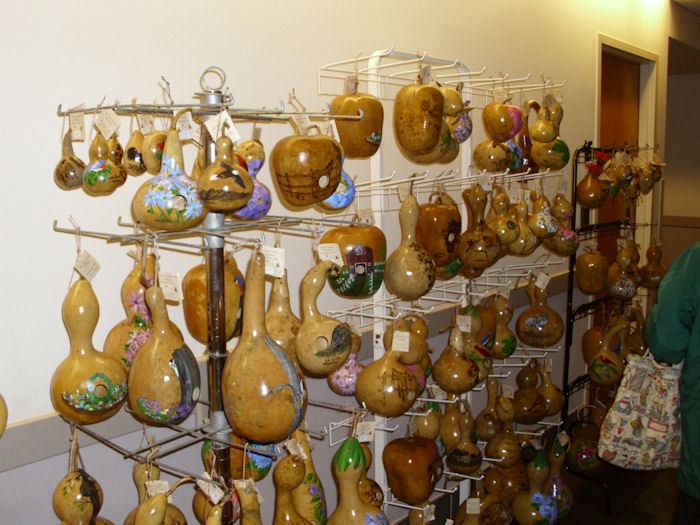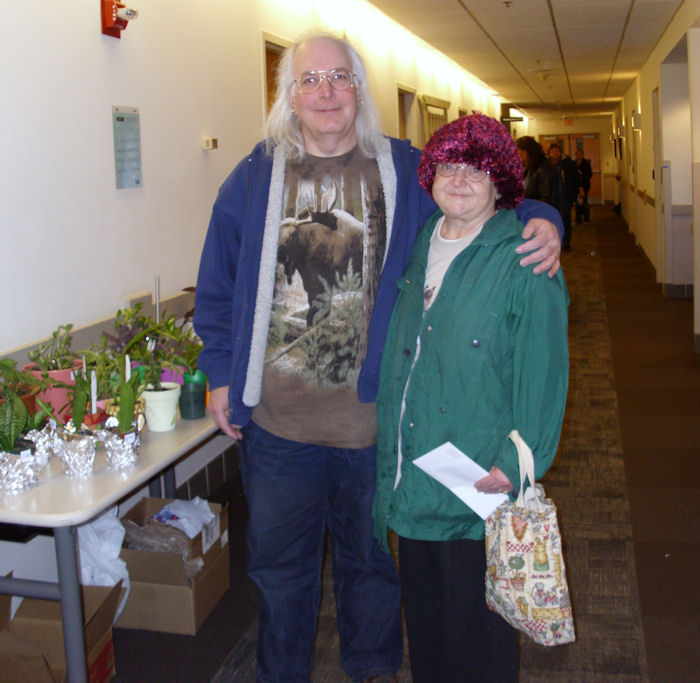This is an update of a post that originally appeared on July 20, 2011.
There are many ways to work with books. However, in all cases, there is some work involved. No book, no matter how well researched and written, will simply spit out answers without any effort on the reader’s part. It’s true that the author can employ techniques to make the reading experience more pleasurable, productive, or efficient, but in the end, it’s the reader who decides just how much information a book conveys with regard to a specific need.
Of course, the first step is to ensure you get the right book. I’ve already discussed this issue in the Techniques for Choosing a Technical Book post. So, let’s assume that you have possession of a book that’s the best possible match to your needs. It may not be a perfect match, but it offers more than any other book you’ve checked.
Now you have to decide on how to interact with the book. That may seem simple, but many readers fail to discover what they need from a book, even when the book contains the required information in several places. Let’s face it, books are relatively large and it’s easy to lose track of a required bit of information. Without some guideline, the mind wanders and tends not to work very hard.
To obtain the most from a book you need a goal. The goal determines how you approach the book. Someone who is trying to learn a new skill will probably begin at the front of the book and work toward the end. Skipping chapters is akin to skipping classes in college—you can’t expect good results if you don’t obtain all of the information. As a contrast, someone who is trying to fix a specific problem under the watchful eye of a boss, probably doesn’t want to waste any more time than necessary finding the required information. This sort of reader will want to locate the section of the book containing the answer quickly. There are some readers though, who really don’t know what they want to do—they lack a goal and are thwarted when the author can’t guess what the reader wants. So, ask yourself why you’re reading the book and create a goal for that particular session. In some cases, you may very well want to wander through the book randomly looking for something interesting, but few people have the time or need to perform this sort of reading with a technical book.
Depending on your goal, you’ll want to determine where to start. Someone who is learning a skill will start in the Introduction—not in Chapter 1. If you don’t read the Introduction, you’ll discover that your educational experience is going to be less helpful. The Introduction is where the author conveys book goals, knowledge requirements, and required training aids. For example, you might not be able to use the educational version of the product you have to learn a new skill with this particular book—it may be necessary to get the released version of the product instead. Researchers and those who simply need the book for reference would do well to check both the Table of Contents and the Index. A book intended solely for reference may include tables in an appendix that provide additional ways to locate information, so you’ll want to find these tables as well.
You’ve likely heard all of the advice for creating a good study environment before, such as turning off the radio. A good study environment also requires focus on your part and the availability of the required equipment. Simply reading about how to perform a task isn’t nearly as good as actually performing the task. Reinforcing the information by putting it into your own words is helpful as well. Everyone learns differently, so it’s important that you take time to discover how you learn. Whatever it takes for you to create a good study environment, you won’t get much out of a book until you create it.
Everyone seems to be in a hurry today, but being in a hurry won’t help with technical information. Hurrying only creates errors. Take time to actually read and understand the material—read it several times if necessary. Work through the material before you act. Yes, I realize that the boss is ready to pound little knots all over your head, but he’s simply going to have to wait. A good solid answer that produces results often requires a little more time up front to create. The book probably has the information you need, but you have to take time to find it.
One of the most important things to remember is that the author isn’t clairvoyant. You won’t find a precise answer to any given question in any book. It’s possible to find an answer that’s close, but in most cases you’ll have to create a solution based on the information the book provides—quick answers are rare.
I wish it were possible to create some form of instant mental transfer of precise data. Perhaps someday it will become the norm to do so, but I hope I’m not around. Part of the joy of technical reading is obtaining the author’s point of view and then creating your own permutations of that information. Working through problems creatively is a challenge—one that I hope people working in technical areas continue to enjoy. If you have any pointers to getting more from a technical reading experience, let me know at [email protected].


